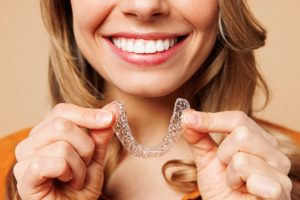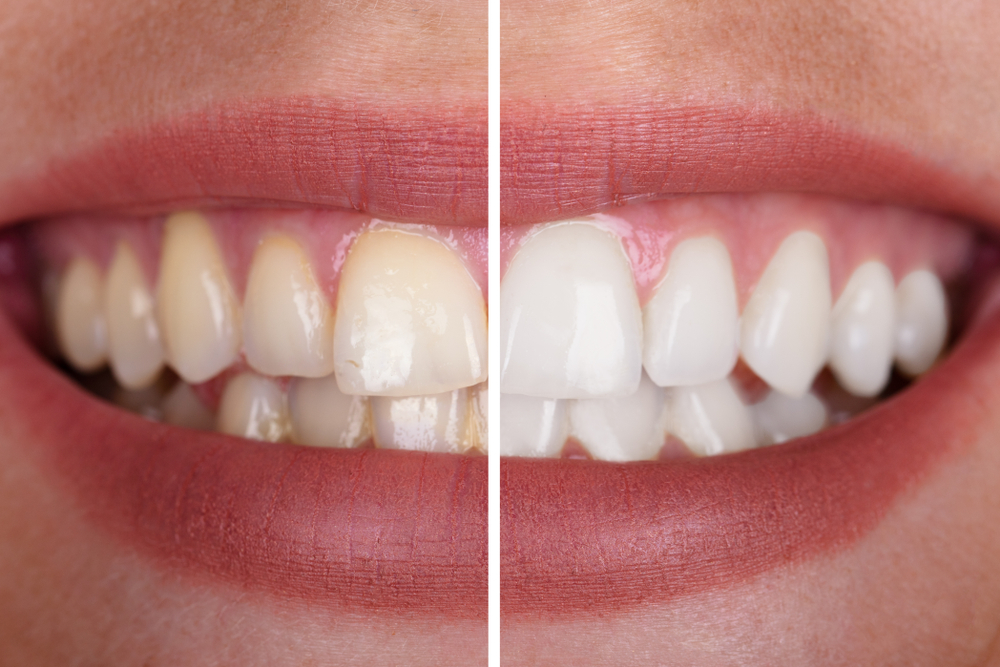Flossing is an important part of your daily dental hygiene routine, but the professional dentistry team at Parkcrest Dental Group knows that far too few people do it. Even those who do floss diligently might not be doing it right. The type of floss, the time you do it, and how long you do it are all factors that can impact its effectiveness. At Parkcrest Dental Group, we can provide you with some quick and simple advice on how to get the most out of flossing. Keep reading to find out more.
Related Post: Parkcrest Dental Group: Which Flossing Tool Is Right For You?
Wash Your Hands First
First and foremost, you should wash your hands before you floss. This is especially true if you’ve already had problems with gum disease or infections.
How Much Floss You Should Use
If you’re using the kind of floss that you unravel from a container, it’s best to get about 18 inches. This sounds excessive, but remember you’ll be winding it around your fingers and using clean sections of floss for each space between your teeth.
The Method of Flossing
First, wind the floss around either your index or middle finger, then wind a little on the same finger of your free hand and pull the floss so it’s taught. With the string of floss pulled tight, guide it between your teeth, being careful not to let it snap.
Once the floss is between two teeth, pull it gently into a C-shape so that it’s against the surface of the tooth. If you don’t floss often, you might notice some blood from your gums. Don’t worry about it unless it seems excessive, and be careful not to bear down too hard with the floss.
After you bring the floss up from between the teeth, wind more of it around the hand you have less on, unwinding clean floss from the other hand. Repeat the process until you’ve done the same with every gap.
Remember that you don’t need to really rake the floss against your teeth or gums, as you risk damaging them. The movement and texture of the floss is enough to loosen and remove debris that you can’t see.
Related Post: Parkcrest Dental Group Brushing And Flossing Tips
Flossing with Braces
Parkcrest Dental Group’s orthodontist knows that it can be much harder to floss with braces. But it’s also even more important. Braces make you more susceptible to build up, and you need to make sure you get them clean. The trick is to thread the string floss under the wire before bringing it down between your teeth. Just remember to be careful about not bringing the floss up against your braces when you’re done, and pulling it out, rather than up and over.
Related Post: Orthodontic Dentistry: Brushing And Flossing With Braces
Frequency of Flossing
Once a day is the standard when it comes to flossing, although a couple more times isn’t going to hurt. You should avoid doing it too often or in an overly aggressive way so that you don’t damage your enamel or gums. As for whether it’s best before or after brushing, it actually makes little difference.
Get More Professional Advice from Parkcrest Dental Group
Hopefully, this advice can help make your flossing technique better for your teeth. If you’re looking for general dentistry, orthodontic treatments or pediatric dentistry, Parkcrest Dental Group is here to help. Take a look at the different services Parkcrest Dental Group offers or contact us for more general dentistry information.




